Battle of Columbus
The Battle of Columbus is the other "last battle of the Civil War"...
This claim is based largely on the fact that The Battle of Columbus, fought April 16, 1865, was the last Civil War battle to take place before the Confederacy was officially dissolved on May 5. For this reason, the Official Records of The Civil War record the Battle of Columbus as the "closing conflict of the war." The battle I consider to be the "last battle of the civil war," however, is the Battle of Palmito Ranch which did not begin until May 12.
At the time of the Battle of Columbus, one week had passed since Lee's surrender at Appomattox Court House, but due to the destruction of telegraph lines the forces involved were not yet aware of the surrender.
The two commanders in this battle were Union General James H. Wilson (right) and Confederate Major General Howell Cobb (left).
Cobb had at his command roughly 3,500 men. This number can, however, be somewhat deceptive for a couple of reasons...
Only a few of Cobb's men were battle-tested veterans. Most of his men were Georgia and Alabama Reserve troops along with completely untrained civilian workers.
In the long run, this number was not enough to defend the city, but luckily the Union troops were on the other side of the Chattahoochee River. This allowed Cobb to plan his defense of Columbus, Georgia, around the few bridges that connected with Girard, Alabama (now Phenix City, Alabama), on the other side of the river.
Because much of the fighting took place in Girard, some call it the Battle of Girard. The place that was being attacked and defended, however, was Columbus, Georgia. For that reason, it is generally referred to as the Battle of Columbus.
Why was Columbus so much more important than Girard? Columbus was the second largest industrial city in the Confederacy, that's why. The only city that produced more goods to support the Confederate cause was Richmond, Virginia. Columbus was a producer of huge amounts military goods and war materials, and the city was also home to a large naval facility that was just finishing an ironclad, the CSS Jackson, at the time of the Battle of Columbus...
These factors made Columbus a prime target for the union; because, if Columbus fell it would greatly reduce the Confederacy's ability to supply its war effort. Of course by this stage the war was already essentially over, but General Wilson and his raiders did not know that...
Wilson's Raiders
After the Battle of Nashville (December 15-16, 1864) Union General George H. Thomas ordered General James H. Wilson to take his men (three divisions of cavalry numbering roughly 13,500) on raid through Alabama and Georgia. His men were all equipped with 7-shot Spencer repeating rifles, which were new and formidable weapons at that time. Wilson was to target centers of Confederate military production. His two main targets were Selma, Alabama, and Columbus, Georgia.
Wilson and his men left Gravelly Springs, Alabama on March 22, 1865, heading south for Selma. The only forces available to oppose him in all of Alabama were roughly 2,500 cavalrymen under the command of the fearsome General Nathan Bedford Forrest.
Forrest attempted to foil Wilson and his raiders in a number of encounters but his much smaller force was overwhelmed each time. Finally, Wilson pushed Forrest into the hastily built defenses around Selma. There, on April 2, Wilson was able to break Forrest's line after brief hand-to-hand combat and take the city. Forrest, who was wounded, and what was left of his men withdrew to Marion, Alabama and were no longer a threat to Wilson.
Wilson and his men worked for over a week to complete the destruction of Selma's military production facilities. Then, on April 12, he marched on and took Montgomery, Alabama. There was no large military force to defend Montgomery, Wilson faced very little resistance when he occupied the city.
The raiders then headed for Columbus...
Wilson sent one brigade, under the command of Colonel Oscar H. La Grange, to West Point, Georgia. West Point was about 30 miles north of Columbus, and La Grange was to secure the bridge at West Point. This would give Wilson a way to attack Columbus from two sides if his initial attempt to cross the Chattahoochee at Columbus failed.
Wilson's three divisions were commanded by Brigadier Generals Edward M. McCook, Eli Long, and Emory Upton (right).
The Union force most engaged in the Battle of Columbus was Upton's division. Under Upton's command were two brigades led by Generals Andrew J. Alexander and Edward F. Winslow.
The first of Wilson's men to reach Girard was Alexander's brigade, and that brings us to...
The Battle
Cobb's defense of Columbus centered on the bridges connecting Columbus to Girard (below), but he needed to hold the high ground in Girard to prevent the Union troops from having an elevated position from which to shell the city. Therefore, he formed his defensive line on the west side of the river in Girard to defend the bridge entrances.
At about 2 p.m. on April 16 Alexander's brigade swept by Cobb's defenses to the largely unprotected Dillingham Street Bridge. While watching this action from a hilltop, General Upton exclaimed, “Columbus is ours without firing a shot!” Unfortunately, the bridge had been left unguarded intentionally. The planking had been removed from the east end of the bridge so that the attackers could not get across. The defenders then torched the bridge hoping to trap some of Alexander's men on the bridge. The Union troops saw the trap too soon and were able to escape, but the bridge was now totally destroyed.
This forced Wilson and Upton to turn their attention to the heavily defended 14th street bridge farther up the river. They decided upon a night raid via the Summerville Road. This attack was led by General Winslow.
The attack began at about 9 p.m. On the initial charge Winslow and his men overwhelmed the forward line of Cobb's troops and, thinking they had captured the main Confederate position, two companies were dispatched to take the 14th street bridge. These companies rushed to the bridge as the main Confederate positions opened on Winslow and his men. At this point there was fierce fighting near the entrance to the bridge and John Stith Pemberton was among those wounded in the encounter.
The Union troops then charged for a second time and the unseasoned defenders broke before them. As the Confederates broke and ran for the bridge they mingled with the union troops also trying to cross the bridge. Therefore, men who were manning artillery batteries that were positioned to sweep the length of the bridge were forced to hold their fire rather than shoot into their own men. Cobb had planned to torch the 14th street bridge, in the event of a retreat, as well, but in the confusion it didn't happen.
As Union troops took possession of the east entrance of the bridge, a member of Cobb's staff, Colonel C. A. Lamar, led a cavalry charge to try to reclaim the bridge. He was unsuccessful and was killed after refusing to surrender. General William Tecumseh Sherman referred, probably incorrectly, to Lamar as the last Confederate to die in the Civil War.
By 11 p.m. "all firing had ceased" and General Wilson crossed the 14th street bridge and made his headquarters in the Mott House which is directly beside the East entrance of the bridge. The Battle of Columbus was over. While up to 1,500 Confederates were captured, General Cobb and some of his men escaped to Macon, Georgia. The number of casualties suffered is not certain, but it is believed that there were a minimum of 145 killed and wounded on both sides.
The next morning, April 17, saw the beginning of the wholesale destruction of the city. Every mill, factory, and military building was destroyed along with any trains, ships, and goods that might have given succor to the Confederate cause. The new ironclad mentioned earlier, the CSS Jackson, was burnt to the waterline and sunk.
Just as at Palmito Ranch, this battle was actually unnecessary. With Lee's surrender the Confederacy was falling apart whether Columbus, Georgia fell or not. The two should not be compared though, because, unlike at Palmito Ranch, this battle was not fought to bolster someones ego. This battle was fought because the combatants did not yet know of the surrender. Many years later, General Wilson wrote that if he had known of Lee's surrender, “we should certainly not have participated in the injury” of Columbus.
John Stith Pemberton
As was mentioned above, John Stith Pemberton was injured during the Battle of Columbus. He received a saber slash across his chest during the struggle for the 14th street bridge. Like many other wounded veterans, he became addicted to the morphine that was used for a pain-killer.
Pemberton was a pharmacist and decided to work on a medicine that would help relieve his addiction. Eventually he came up with a formula which was basically a wine infused with coca (cocaine), kola nut (caffeine), and damiana (purported aphrodisiac). This was essentially an imitation of a very successful French medicinal wine called Vin Mariani, but Vin Mariani used only coca not Pemberton's other two ingredients. He called his new medicine, "Pemberton's French Wine Coca," and began selling in several drugstores in Atlanta, Georgia.
In 1886 he ran into a problem. Temperance legislation was enacted in Atlanta and Fulton County. This forced him to try to come up with a new, non-alcoholic formula for his drink.
With the help of a druggist named Willis Venable, he came up with a recipe to blend his base syrup with carbonated water. This way it could be sold as a fountain drink. A man named Frank Mason Robinson came up with a catchy new name for the drink, and on May 8, 1886, the first Coca-Cola was sold at Jacob's Pharmacy in Atlanta, Georgia.
So, if the Battle of Columbus hadn't happened, John Pemberton would not have been injured. If he had not been injured, he would not have gotten addicted to morphine. Without an addiction he would not have searched for a cure, and if he had not been searching for a cure, we would never have gotten Coke!
Just sit back and think how different the world might be today if General Wilson had gotten word of Lee's surrender and decided not to attack Columbus after all...
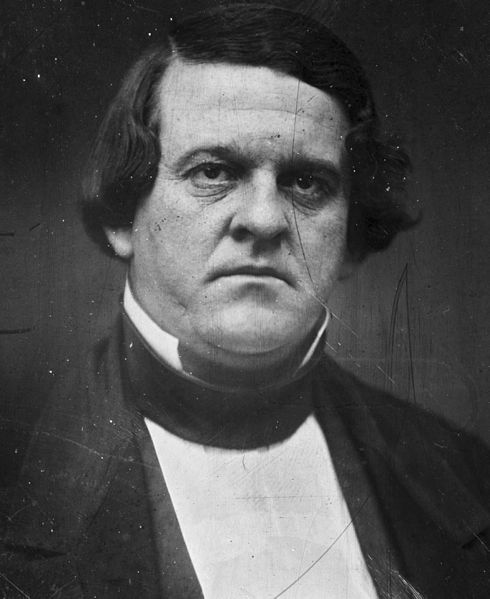
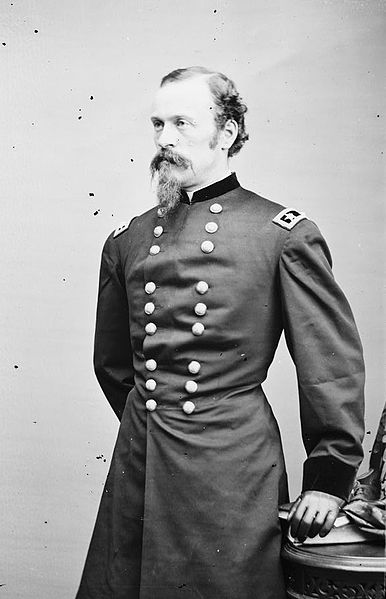

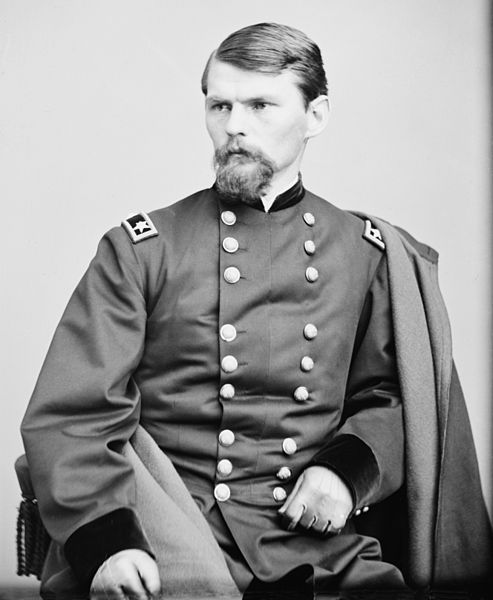
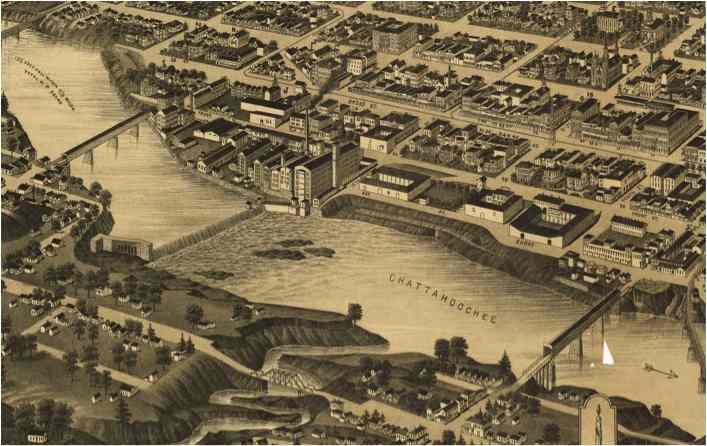
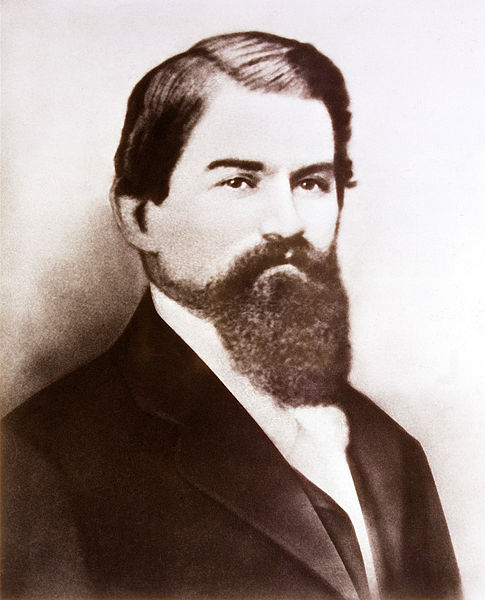
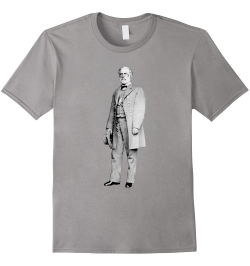
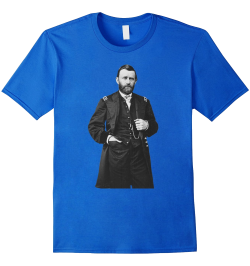

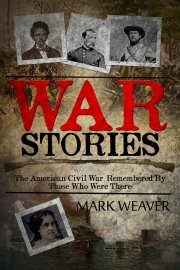

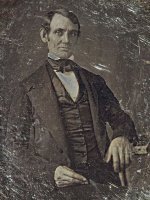
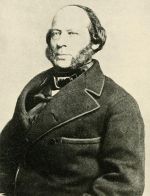
New! Comments
Have your say about what you just read! Leave me a comment in the box below.